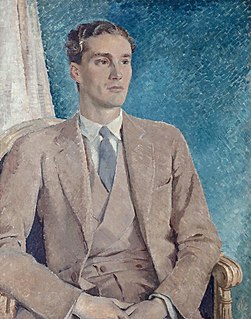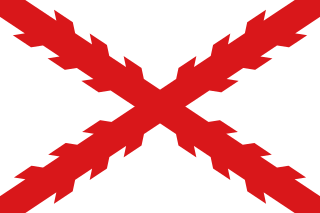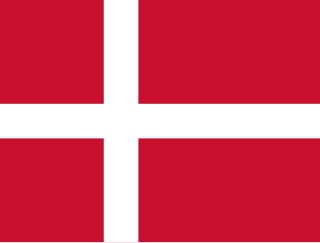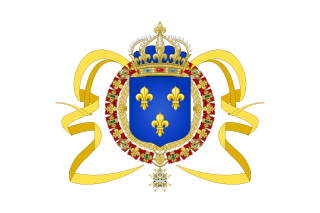 W
WSir Grantley Herbert Adams, CMG, QC, was a Barbadian and British West Indian statesman. Adams was a founder of the Barbados Labour Party (BLP), and he was named in 1998 as one of the National Heroes of Barbados.
 W
WThe British West Indies, sometimes abbreviated to the BWI, is a collective term for the British territories historically established in the Anglo-Caribbean: Anguilla, the Cayman Islands, Turks and Caicos Islands, Montserrat, the British Virgin Islands, Antigua and Barbuda, The Bahamas, Barbados, Dominica, Grenada, Jamaica, Saint Kitts and Nevis, Saint Lucia, Saint Vincent and the Grenadines and Trinidad and Tobago. Some definitions also include Bermuda, the former British Guiana and the former British Honduras although those territories are not usually considered part of the geographical West Indies. Before the decolonisation period in the later 1950s and 1960s the term was used to include all British colonies in the region as part of the British Empire. Following the independence of most of the territories from the United Kingdom, the term Commonwealth Caribbean is now used.
 W
WPatrick George Thomas Buchan-Hepburn, 1st Baron Hailes, was a British Conservative politician and the only Governor-General of the short-lived West Indies Federation (1958–1962).
 W
WSanto Domingo, officially the Captaincy General of Santo Domingo was the first colony established in the New World under Spain in 1492. The island was named "La Española" (Hispaniola) by Christopher Columbus. In 1511, the courts of the colony were placed under the jurisdiction of the Real Audiencia of Santo Domingo.
 W
WThe Danish West Indies or Danish Antilles or Danish Virgin Islands was a Danish colony in the Caribbean, consisting of the islands of Saint Thomas with 32 square miles (83 km2); Saint John with 19 square miles (49 km2); Saint Croix with 84 square miles (220 km2), and Water Island with 491.5 acres (1.989 km2). The islands have belonged to the United States since they were purchased in 1917.
 W
WDominica, officially the Commonwealth of Dominica, is an island country in the Caribbean. The capital, Roseau, is located on the western side of the island. It is geographically situated as part of the Windward Islands chain in the Lesser Antilles archipelago in the Caribbean Sea. The island is located near Guadeloupe to the northwest and Martinique to the south-southeast. Its area is 750 km2 (290 sq mi), and the highest point is Morne Diablotins, at 1,447 m (4,747 ft) in elevation. The population was 71,293 at the 2011 census.
 W
WIn the history of the Dominican Republic, the period of Era de Francia occurred in 1795 when France acquired the Captaincy General of Santo Domingo, annexed it into Saint-Domingue and briefly came to acquire the whole island of Hispaniola by the way of the Treaty of Basel, allowing Spain to cede the eastern colony as a consequence of the French Revolutionary Wars.
 W
WThe term French West Indies or French Antilles refers to the eight territories currently under French sovereignty in the Antilles islands of the Caribbean:The two overseas departments of: Guadeloupe, including the islands of Basse-Terre, Grande-Terre, Les Saintes, Marie-Galante, and La Désirade. Martinique The two overseas collectivities of: Saint Martin Saint Barthélemy
 W
WSaint-Domingue was a French colony on the Caribbean island of Hispaniola from 1659 to 1804, in what is now Haiti.
 W
WIn 1861, Dominican general Pedro Santana suggested retaking control of the Dominican Republic to Queen Isabella II of Spain, after a period of 17 years of Dominican sovereignty. The newly independent Dominican Republic was recovering economically from the recently ended Dominican War of Independence (1844–1856), when the Republic won its independence against Haiti. The Spanish Crown and authorities, which scorned and rejected the peace treaties signed after the dismantling of some of its colonies in the Spanish West Indies some 50 years prior, welcomed his proposal and set to reestablish the colony.
 W
WThe Spanish West Indies or the Spanish Antilles were Spanish colonies in the Caribbean. In terms of governance of the Spanish Empire, The Indies was the designation for all its overseas territories and was overseen by the Council of the Indies, founded in 1524 and based in Spain. When the crown established the Viceroyalty of New Spain in 1535, the islands of the Caribbean came under its jurisdiction.
 W
WThe Swedish colony of Saint Barthélemy existed for nearly a century. In 1784, one of Louis XVI's ministers ceded the French Caribbean island to Sweden in exchange for trading rights in the Swedish port of Gothenburg. Swedish rule lasted until 1878 when the French repurchased the island.